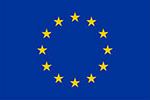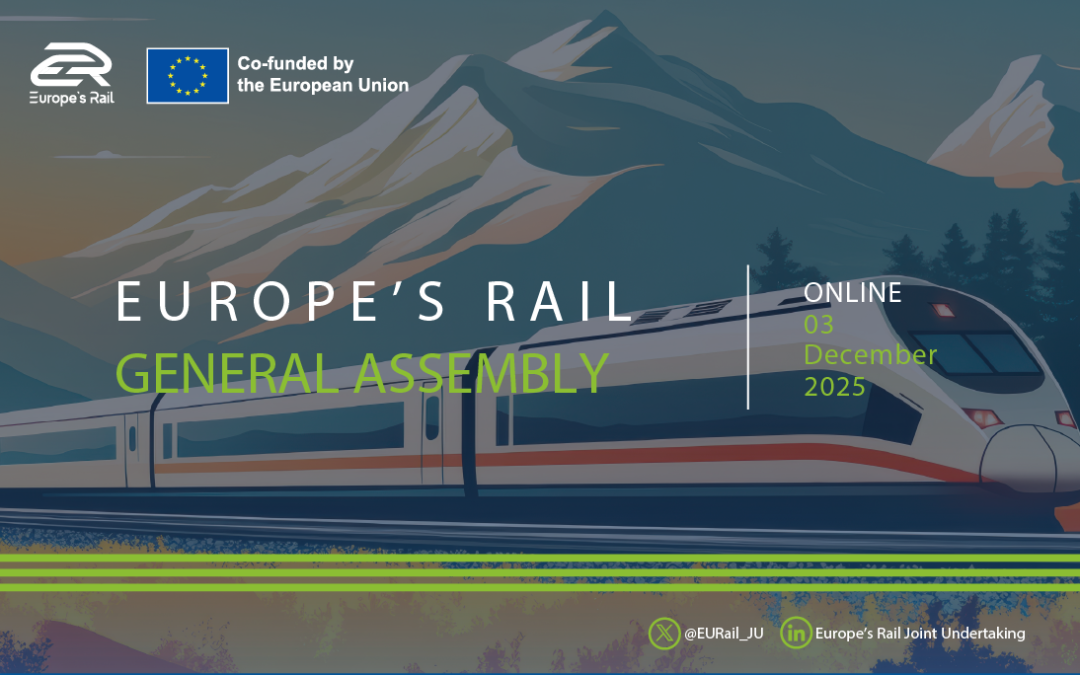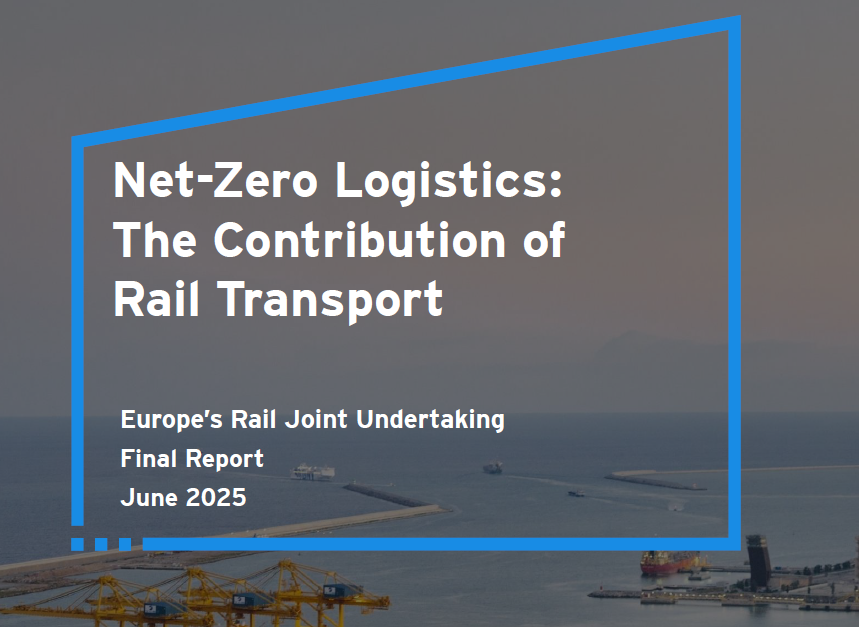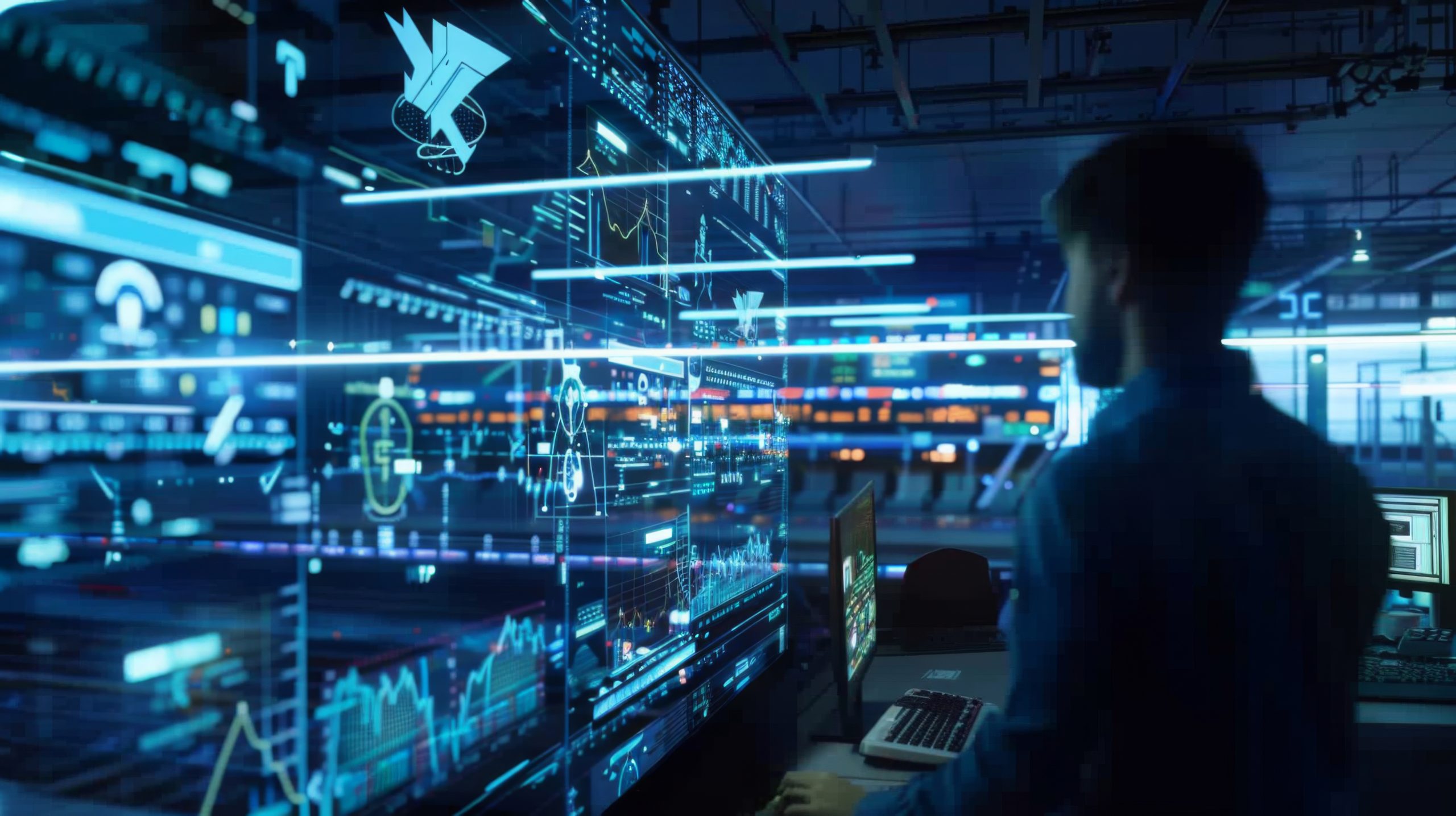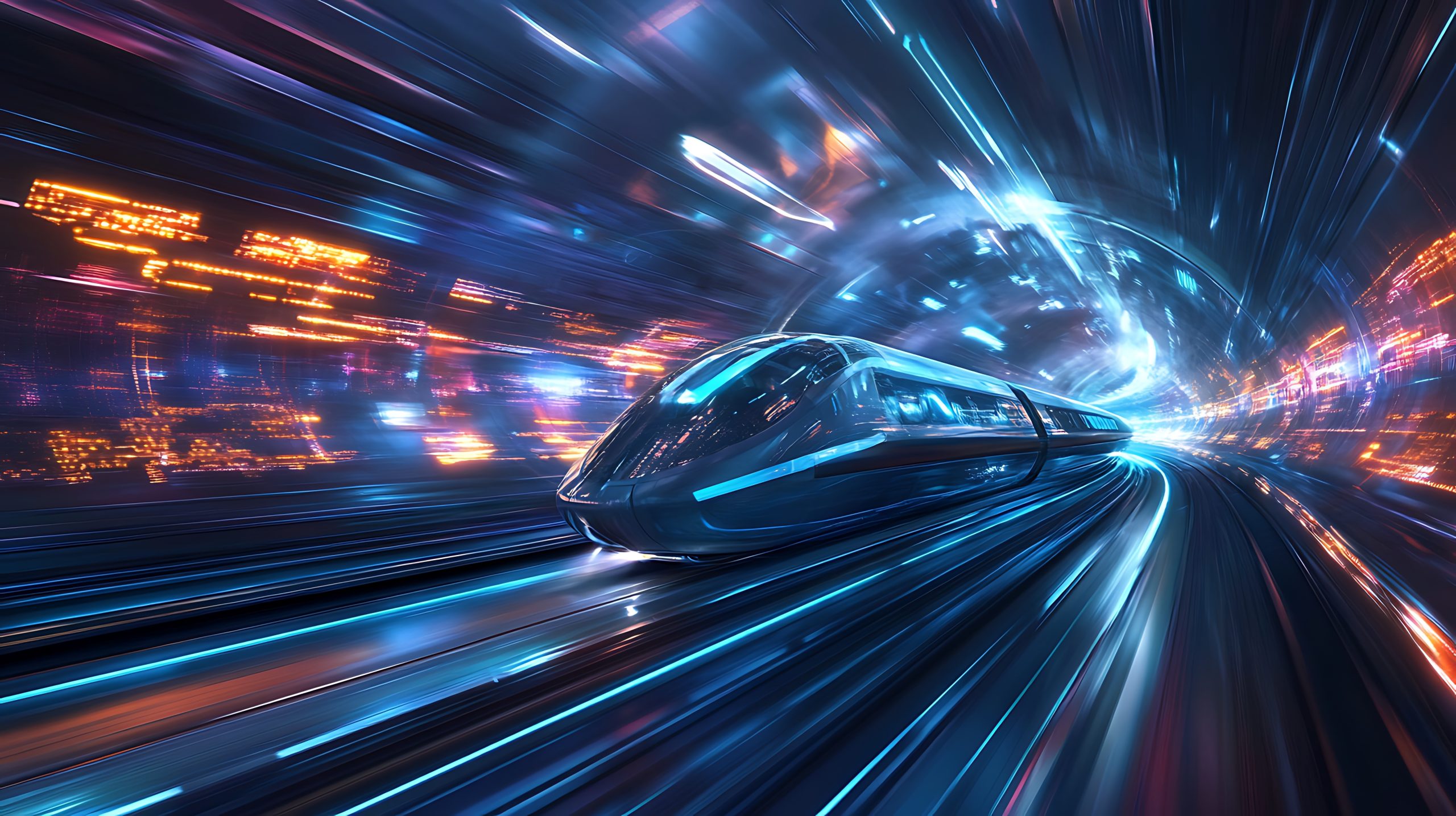Among the nine major Flagship Projects (FPs) funded by Europe’s Rail Joint Undertaking (EU-Rail), FP2-R2DATO plays a...
Additional published documents
FP2 R2DATO: Project Video
FP2-R2DATO, an EU-funded project, aims to transform rail infrastructure through digitalization and automation.
The goal? Boost rail capacity and efficiency by integrating cutting-edge technologies:
– Automatic Train Operation: autonomous trains for better punctuality and reduced energy consumption.
– Smart Obstacle Detection: sensors and cameras ensure real-time safety.
– Absolute Safe Train Positioning: optimized traffic management for smoother operations.
– Multiconectivity systems: seamless communication between trains and control centers.
– Advanced Data Processing: a smarter, more responsive rail network.
– ETCS HTD and Moving Blocks technology : increased line capacity by safely reducing train spacing.
By bringing together Europe’s top experts, FP2-R2DATO is shaping the future of rail for safer, greener, and more efficient transport.
Watch the video to see how FP2-R2DATO is redefining the trains of tomorrow!
Norwegian media : When Technological Innovation Revolutionises the Oslo Tramway
Oslo is launching an innovative project with the introduction of the ‘Datatrikken’, a tram equipped with cameras and sensors, whose technology includes Lidar. The project, led by Sporveien in collaboration with Spanish manufacturer CAF, is part of a European research programme and is a first in Europe. The aim is to improve the safety and fluidity of public transport using driving assistance systems inspired by the aids already present in modern cars.
The functionalities developed include automatic emergency braking, avoidance of sudden braking and adaptation of speed according to the areas travelled through. Data collection, scheduled from February 2025 to September 2026, will be limited to 90 minutes per day. Although these recordings may capture faces and number plates, the authorities guarantee respect for privacy, with data anonymisation after six months and the possibility for data subjects to request their deletion.
This initiative aims to improve the reliability of the tram network, reduce delays and contribute to research into urban mobility, marking a step towards safer and more efficient public transport.
FP2 R2DATO Mid Term Event Presentation
Please find attached the presentation for the two half-days of the Mid-Term Event of the FP2 R2DATO project, which took place on 5 and 6 February 2025 in Malaga.
FP2 R2DATO Mid Term Event Poster
Please find attached the posters for the two half-days of the Mid-Term Event of the FP2 R2DATO project, which took place on 5 and 6 February 2025 in Malaga.
Nouvelle-Aquitaine: A Key Region for European Train Geolocation
On February 7, 2025, the Charentes-Périgord industrial Technicentre hosted the inauguration of the first renovated TER trains, alongside the launch of a new geolocation experiment led by Tech4Rail within the Europe’s Rail FP2-R2DATO project. After initial tests in 2023, Tech4Rail is conducting further trials with a BGC train equipped with geolocation systems from Alstom, Airbus, and Exail, running until the end of 2025.
The objective is to evaluate the performance of satellite-based train positioning and its potential integration into safety systems like ERTMS. This initiative is a collaboration between railway and space sector stakeholders, including the European Space Agency (ESA). Funded by the EU, these trials contribute to FP2-R2DATO, which focuses on rail system digitalization and automation. The expected benefits include improved transport reliability, increased network capacity, and reduced energy consumption, with additional applications like infrastructure monitoring also being explored.
Program Midterm Event FP2-R2DATO
Please find attached the detailed programme for the two half-days of the Mid-Term Event of the FP2 R2DATO project, to be held on 5 and 6 February 2025 in Malaga.
SR6CSS: Pressrelease
The 6th Smart Rail Control Consortium (SmartRaCon) Scientific Seminar took place on October 23–24, 2024, in San Sebastian, hosted by CEIT. Organized by CEIT (ES), DLR (GE), RISE (SE), SINTEF (NO), University Gustave Eiffel (FR), and IBDiM (PL), the event was a two-day hybrid format featuring 3 keynote presentations, 7 PhD presentations, 13 project presentations, and 10 posters from 10 Europe’s Rail projects, delivered by 28 presenters representing 16 entities.
Key Highlights and Awards:
- Best PhD Contribution: David Kule Mukuhi (UGE) – NG-TCN: Towards Network Slicing in Onboard Wireless Train Communication Networks.
Finalist: Imanol Bravo (CEIT) – Rail Fasteners Looseness Detection Using Axle-Box Acceleration Data. - Best Project Contribution: Niloofar Minbashi (KTH) – An Integrated ETD Prediction System for Yards and Terminals.
Finalist: Aria Mirzai (RISE) – Cybersecurity Risk Assessment of Virtually Coupled Train Sets. - Best Poster Contribution: Melissa Tijink (Uni. Twente) – What is the Code of This Wagon?.
Finalist: Itziar Ruiz (CEIT) – Repair of Wheel and Rails by Additive Manufacturing. - Most Supportive Project: FP2-R2DATO.
Finalists: FP3-iam4Rail, FP5-TRANS4M-R.
This seminar marked a shift from previous one-day events under Shift2Rail (X2Rail-1 to X2Rail-5) to a broader scope across Europe’s Rail projects, introducing PhD sessions that facilitated rich technical discussions.
A Versatile Test Component Based on the EULYNX Subsystem Point
With the rise of standardized modular signaling architectures, external validation and verification of signaling subsystems are crucial to ensure conformity and interoperability. Testing involves various setups where subsystems assume different roles. This led to the development of a “versatile test component.” The article details its implementation for point controller and point machine subsystems, based on the EULYNX Subsystem Point specification.
Innotrans 2024 Cluster Overview
This presentation provides an overview of all the clusters, the WPs and TEs currently being developed within the cluster, and the demonstrators targeted. It is based on the overview also used for the Annual Activity Report (AAR).
Innotrans 2024 Demonstrator Overview
This presentation provides an overview of the demonstrators, as mentioned in part B of the grant agreement. The aim is to explain the purpose of the demonstrator, the Technical Enables (TE) incorporated into the demonstration, and some details, illustrated by architecture, line images, visuals, diagrams and timetables, to facilitate understanding and clarify the purpose of the demonstrator.
Managerial challenges in implementing ERTMS, Remote Train Control and Automatic Train Operation
This paper explores the managerial challenges in implementing the European Train Management System (ERTMS), Remote Train Control (RTC), and Automatic Train Operation (ATO) within the railway sector. It highlights the need for updated managerial practices to successfully integrate these technologies, which are crucial for advancing digitalization and automation in railways. Given the complex sociotechnical nature of railways, the study emphasizes the importance of aligning technical and social systems across organizational levels. The paper adopts an organizational perspective and uses a scoping review methodology to analyze these challenges within the broader context of railway organizations.
Using social media to understand stakeholder’s engagement in ATO megaproject
The railway industry is crucial for economic growth and commuter transportation, but it faces challenges like outdated infrastructure and equipment. To address these issues, the sector is adopting digital and automated technologies, including Automatic Train Operation (ATO), which promise efficiency and cost savings. However, these projects, often classified as megaprojects, are complex due to the advanced technology, environmental impact, and numerous stakeholders involved. Effective stakeholder management and engagement are essential to avoid delays, cost overruns, and to ensure project success. This paper investigates public perceptions of ATO megaprojects through sentiment analysis of social media posts.
